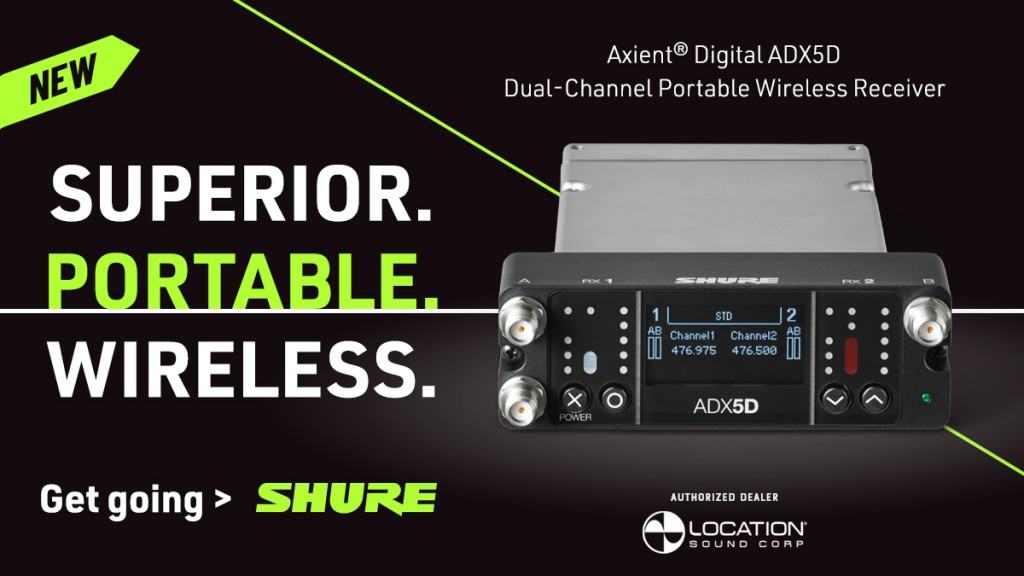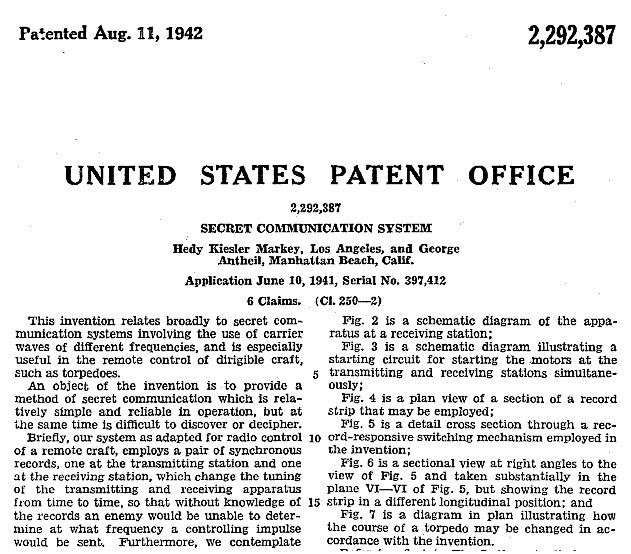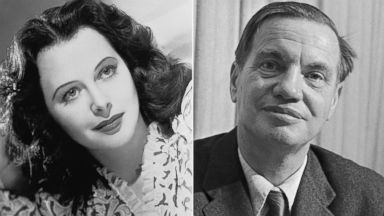I’ve often wondered what it is about the process of recording sound that draws people to it. To the casual listener, it’s just dialogue on their primetime show, or one of the CDs tucked behind the visor in their car. But as audio professionals, sound is much more. We hear it as colors, shapes, textures. We talk about how it breathes, pulses, grows – how it lives. I’m fascinated with the anecdotes that many of you have shared with me. You describe snapshots of your careers that have defined the way you approach your craft – a glimpse into your process.
Like many of you, my first experience with sound was through music. Sitting at a piano in a department store, playing first a white key, then a black one, then two, three, ten notes at a time. To me the cacophony coming from that little spinet piano was a tapestry of colors and textures.
My curiosity soon turned to the music my parents were listening to. I remember sitting in front of my dad’s console stereo – one that looked like a big piece of furniture – and feeling like it was this cool time machine designed to transport me to a specific place and time. It was no longer just some random notes plucked on a cheap acoustic guitar (one probably meant more for decoration than performance) or the monotonous scales and exercises that were supposed to teach me how to play the piano, but whole orchestras, big bands, singers, there, performing in my living room. The concept of a tiny needle, sitting on a rotating piece of vinyl, magically transformed into the lush worlds coming out of the speakers was awesome. I wondered if I placed the needle on my finger, would the speakers would announce my name. I had been bitten by the technology bug.
I started toying with a portable reel to reel tape recorder, recording everything from songs playing on my little AM transistor radio, to nonsensical conversations I would make up to sound like news interviews. But something was missing, the recordings never sounded like those records, they barely sounded like my own voice. Regardless of how they sounded, I continued recording anything I could, making minute changes to the microphone placement, holding it closer, farther, over, under – anything to change the sound for better or worse.
To this day, public speaking sends waves of panic throughout my body. It’s one of those exercises I try to avoid. Unfortunately, it was a required course in high school. The final project was to do a speech on a business/industry that defines Los Angeles. What better topic than Hollywood recording studios. As part of my research, I managed to get tours of some of the coolest studios at the time. Studios where my heroes recorded. Walking through the studios, I could feel the choruses of my favorite songs, oozing from the walls. A cigarette burn on the piano, coffee stains on the floor, red tape across the console – it all fed into the mystique of late night/early morning sessions. Of musicians fine tuning the groove on the chorus, engineers trying to squeeze a tiny bit of “something” out of a vocal track. It was nothing short of Voodoo, how they got those records to sound like they did, but I felt like I had just peeled back another layer of the pro audio mystery.
A few more layers were peeled back in 1984 when the Summer Olympics came to Los Angeles – my first audio gig. What unfolded the weeks before the Opening Ceremonies now seems miraculous. Skilled technicians fitting tiny pieces of the massive audio jigsaw puzzle together – a monitor system here, communications there, playback in another area. All the while, world class musicians rehearsing. Then, pouring out of the stands, Aaron Copland’s “Fanfare for a Common Man”, all work came to a halt – the melody filling the bowl of the stadium and washed over those of us fortunate enough to be there. As the last notes were absorbed into the grass, I made a conscious decision to make audio a part of my life.
The best learning always takes place where you least expect it. On the second floor of one of the music buildings, where the piano practice rooms were situated, behind two four inch solid birch doors and down three steps was where my next phase of education began – MUS497A – Music Recording Lab. For one short hour every week, our professor guided us through the basics of audio – from source to output. Once we made it through the theory, he let us loose on the department. Armed with a plethora of microphones, a Nagra IVS, and an unlimited supply of musicians to use as test subjects, we played, experimented, crashed and burned, and more often than not, came away with great recordings. I was a kid again, playing with my old reel to reel tape recorder, but now it feels like I’m sitting in front of my dad’s stereo once again. My recordings were starting to breathe – they had a life!
Other experiences and life lessons have conspired to take me down a different path since then. The production audio world is different than music recording. Or is it? Sure the challenges are different and many times frustrating, but whether you’re trying to faithfully reproduce the full tonal range of a cello, or capture the emotion of a whispering actor underneath the freeway at rush hour, your job as a professional – your craft – is to bring life to those tracks.
Submitted by Val Asuncion, LSC Assistant Sales Manager



